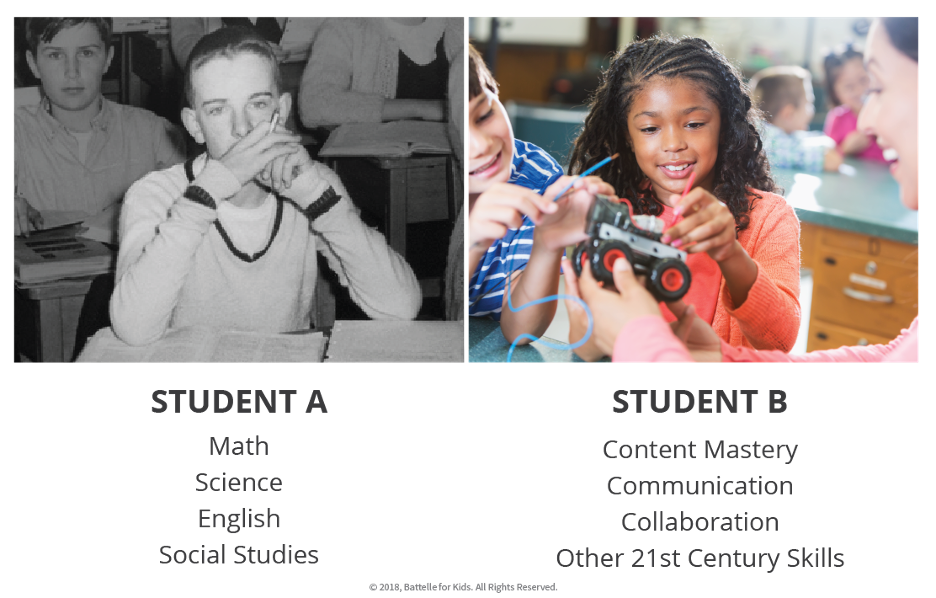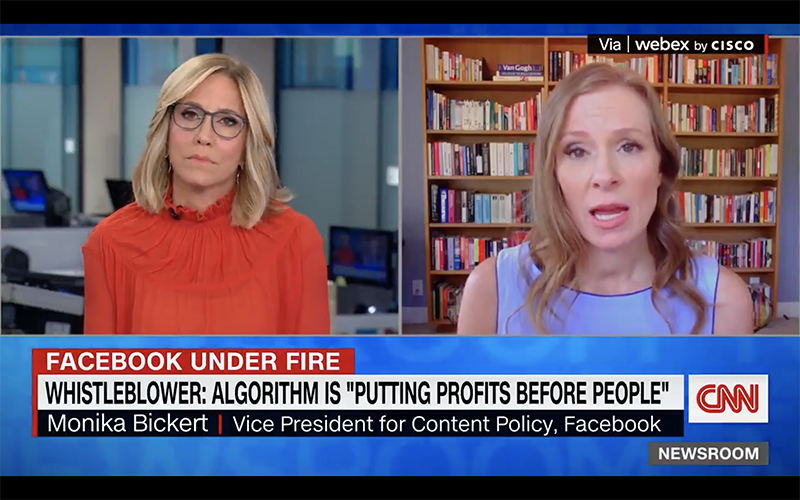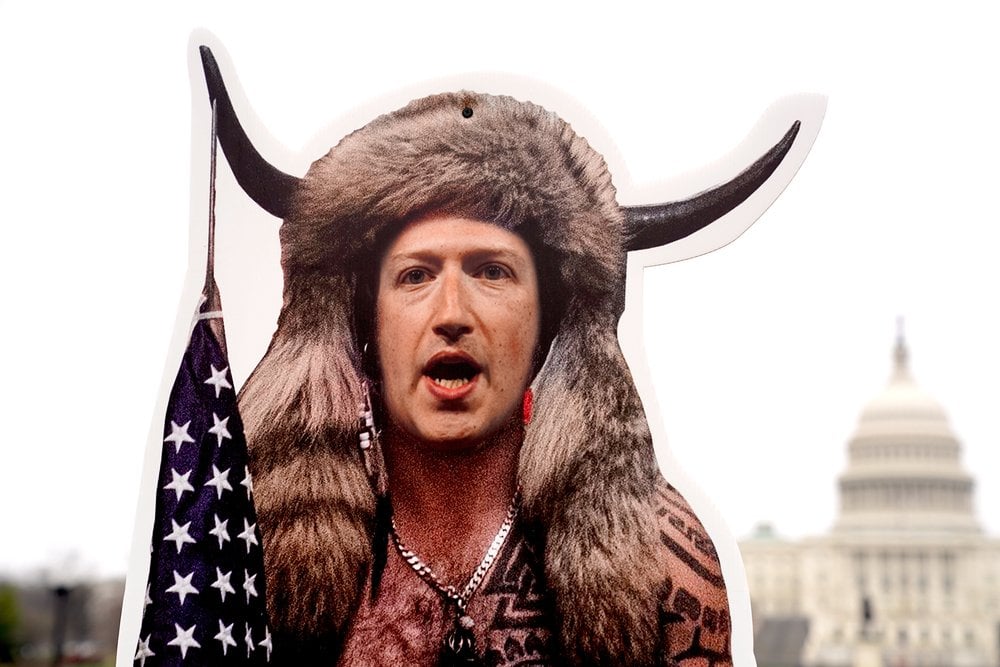It was a huge break for neighborhoods in the north end of Hartford, Connecticut, when the U.S. Department of Education last year awarded a $30 million grant to improve health, education, and career outcomes for the next generation of children there. During a town hall meeting to explain the grant to residents, Hartford Mayor Luke Bronin said: “We’re bringing all the stakeholders, all the healthcare providers, and all the partners who work here to come together and figure out how to change the game for the kids in this neighborhood.”
Sitting quietly in the audience—but silently cheering—was Rick Brush, the leader of Wellville, a small non-profit that supports health-improvement initiatives in five communities around the country. He has spent the last five years advising and coordinating behind the scenes in northern Hartford to help foster what he calls equitable wellbeing.

Brush believes that improving the health of communities requires much closer collaboration than is typical between local governments, healthcare institutions, non-profit social service and advocacy groups, and ordinary citizens. Wellville is about helping such collaborations flourish.
Hartford’s north end includes three neighborhoods that, after decades of systemic underinvestment and neglect, are afflicted by poverty, rundown physical infrastructure, and the poor health of residents. Now the North Hartford Ascend Pipeline combines the federal money with $36 million in matching funds raised locally, to systematically address the problems.

Health and wellbeing is at the center of the effort. Paul Dworkin, MD, Executive Vice President for Community Child Health at Connecticut Children’s Medical Center, who leads the group that won the grant, agrees with Brush about the need for much greater coordination of resources, saying at the town hall meeting: “We need access for all families and residents to health care, education, social and community services. A lot of the services are here, but it’s the integration and coordination that’s missing.”
Wellville is essentially a joint venture between Brush and Esther Dyson, the famous tech-industry commentator and investor. Brush worked for a number of years in the health insurance industry, and had led an initiative at insurance giant Cigna to launch pilot projects around the country to help improve not just healthcare but local social determinants of health. After three years, though, Cigna lost interest, he says, and Brush left. He spent time developing new approaches to funding health—focusing on outcomes rather than services rendered. Then he learned Dyson was starting an organization focused on improving community health. He reached out via email. She invited him to a brainstorming session in New York. They agreed to work together.

Actually, the seeds for Wellville were planted nearly a decade ago when Dyson was on the board of the analyze-your-DNA startup 23andMe. Around the same time, she sat on a judging panel for a healthcare innovation XPRIZE. Through these experiences, she came to understand that health care per se was just one element of what it takes to foster a healthy community, and that many other factors need to be taken into consideration for genuine personal and community health—social, economic, political, and technical factors, among them. Her thought: Why not run a contest focused on improving health in communities, and not just health but health equity—recognizing that poor people are affected most by the social determinants of health? Also, instead of rewarding innovators, the project would form partnerships with the winning communities themselves.

She and Brush launched Wellville in 2014. They put out a call to American communities, offering to provide them with advice and support for collaborating on health-improvement programs. They received 42 applications from 26 states, and chose five communities: Spartanburg, South Carolina; Muskegon, Michigan; Clatsop County, Oregon; Lake County, California; and Niagara Falls, New York. The plan was to run the partnerships for five years (which has subsequently become 10 years)—with staff and operations funding to the tune of $12 million provided by Dyson—and then see what came of it all. (Niagara Falls dropped out after two years and northern Hartford later took its place.) Each community gets assigned a Wellville advisor.
Dyson is pleased with results so far. Some of the locations have developed sustainable new collaborations, and all have fostered greater learning and knowledge sharing that’s valuable to the communities and to the Wellville mission. “Our interests are aligned but not the same,” says Dyson, who serves as the Wellville advisor for Muskegon County. “They want to make their communities better for themselves and their kids. We want them to succeed and to inspire other communities. It takes a while to build trust. And we’re in the unique position of not wanting to take anyone’s job, ever.”
Brush sees these engagements helping drive fundamental shifts in the way individuals and groups view the social compact. “Our goal is to use collaboration to help move stakeholders from short-term self-interest to long-term shared interest,” he says.
The engagement launched five years ago, with Brush as the advisor. Wellville’s activities there include supporting the Community Action Task Force (CATF)—a resident-led group that works with local organizations and city leaders to advocate for a full-service grocery store plus health-promoting services called the Healthy Hartford Hub. Since there isn’t any large-scale grocery store in northern Hartford and many families don’t have cars, the community needs a grocer to anchor a major redevelopment project that will bridge the neighborhoods with downtown. Residents also want restaurants that offer healthy food choices, rather than just fast-food joints. “It’s critical for us to lead the change that needs to take place instead of being passive hopeful recipients of whatever change is deemed to be best for us,” says Denise Holter, chair of CATF.
Holter says Brush and Wellville have been an important addition. “They have been extremely supportive,” she says. “It’s helpful to have someone with an outside perspective. They can see opportunities that may not be readily apparent. They are helping to make great things happen.”
Among other things, Brush helped bring CATF and local healthcare institutions together on the grocery store project, and set up a call with an economic development official from Spartanburg to help the organization prepare for meetings with Hartford officials.
Much of Wellville’s work in northern Hartford is through the North Hartford Triple Aim Collaborative (NHTAC), a group of city leaders, residents, and organizations that is supported by the United Way of Central and Northeastern Connecticut. (The “triple aim” is a widely-used healthcare concept that refers to improving individual health, improving community health, and lowering health care costs.) NHTAC members work together with other community collaborators on initiatives to improve equitable health and wellbeing, including the Ascend project. Brush says the Ascend Pipeline could become a national model for improving “prenatal to career” outcomes in communities, but won’t be successful unless organizers are able to forge a true, trusting partnership with residents. “They must have a meaningful role in deciding how the money is invested. It can’t just be the institutions deciding for the community,” Brush says.
That’s something that the leader of the initiative, Dr. Dworkin, has pledged to do. He says listening to the voices of parents is at the center of every initiative the medical center runs in the community. And he believes that if the Ascend initiative is successful, parents will be able to express their concerns at healthcare centers, schools, and government agencies, and be directed to a broad network of coordinated health and social services. “The key is getting to children and supporting families early,” he says. “That way we can achieve much better outcomes for these children as they grow to be adolescents and adults.”
All five of the communities Wellville has engaged with are on a positive path. These changes don’t happen overnight. But Brush and Dyson point to a handful of success stories that give them faith their efforts are fostering meaningful, long-term investments in community wellbeing.
- In Muskegon County, the local YMCA has shifted focus and is now running online diabetes prevention programs not just locally but also statewide through other YMCAs. It has collaborated with the local Goodwill to create a childcare program for families at all income levels.
- In Spartanburg, the Hello Family program seeks to improve outcomes for young children and their families by providing a holistic mix of prenatal and pediatric healthcare, early care and learning, and parental education and support, available to all the children born in the city each year.
- In Lake County, California, Hope Center helps people experiencing homelessness not only get shelter but also learn basic life and job skills to sustain them after they find places to live.
In all of these situations, Wellville doesn’t play a central role leading particular initiatives or providing money for them. Instead, it works around the edges, providing information, feedback, and advice. Sue Grinnell, director of Population Health Innovation Lab, says Wellville’s approach could be put to good use in any community. “They’re a convener,” she says. “They bring together diverse points of view. They focus on what the community cares about. They support collective impact.
Steve Hamm is a freelance writer and documentary filmmaker in New Haven, CT. Columbia University Press recently published his new book, The Pivot: Addressing Global Problems Through Local Action, which follows the journey of Pivot Projects, a global volunteer collaboration aimed at helping to make communities more sustainable and resilient.















